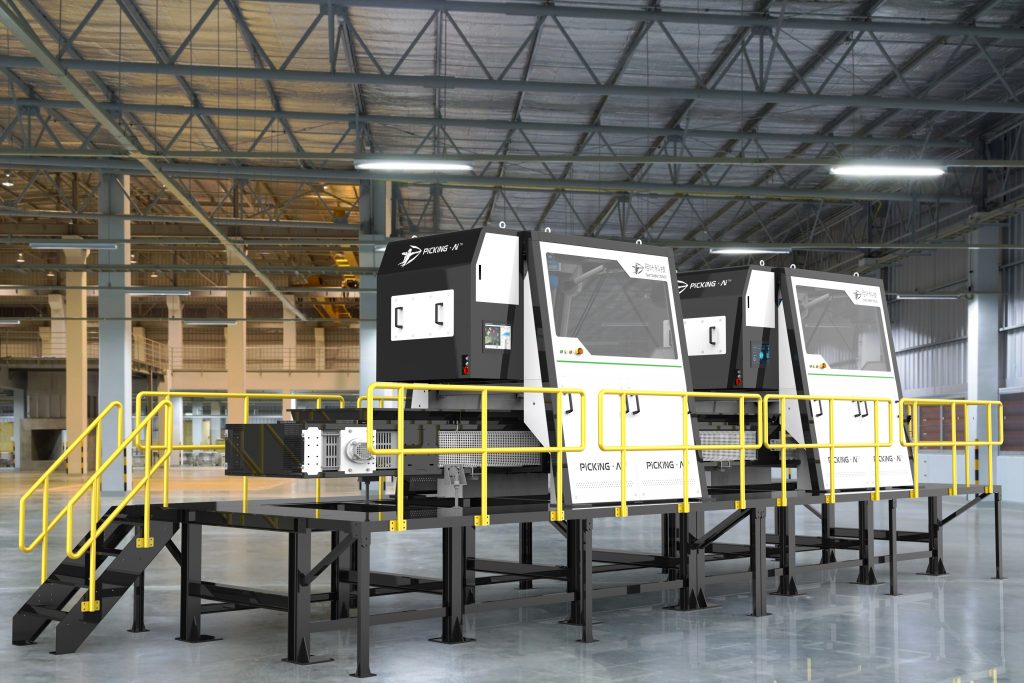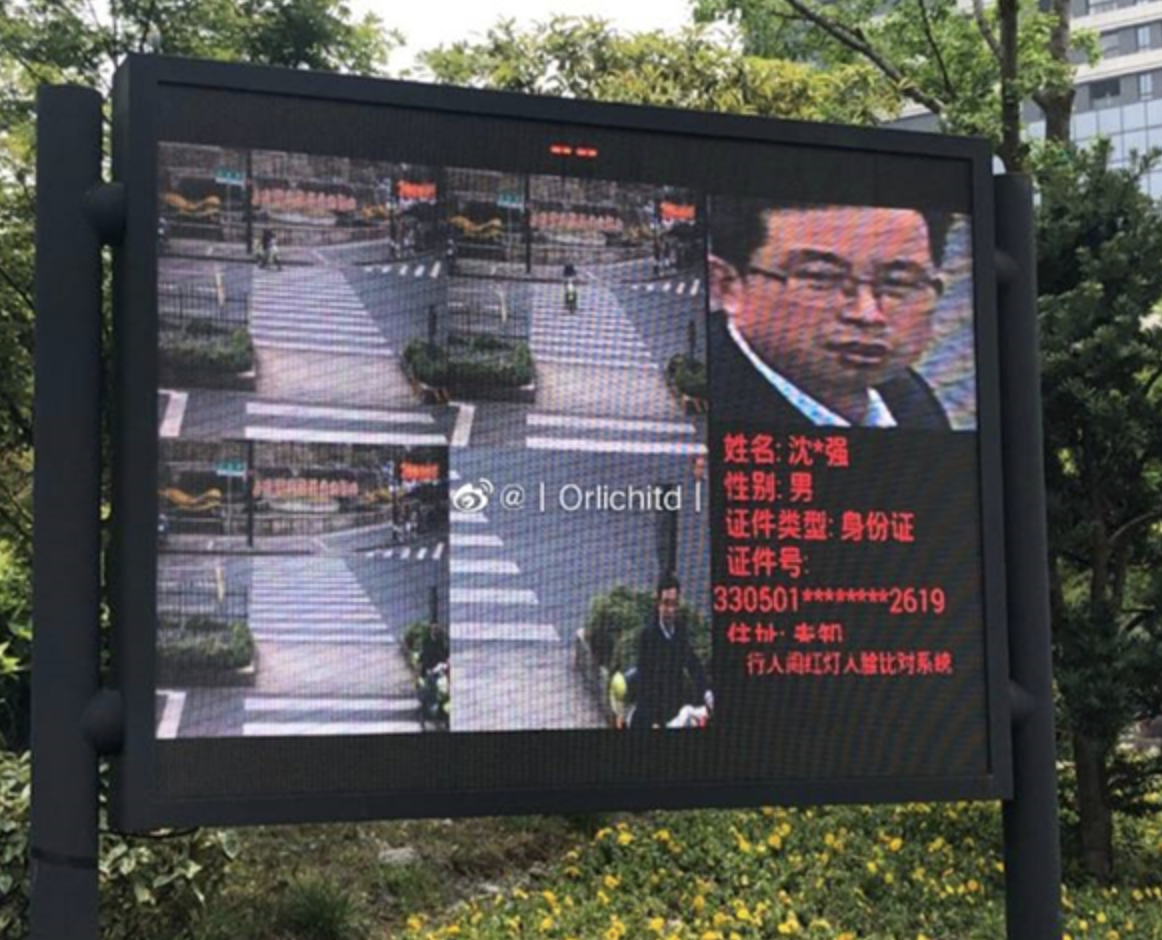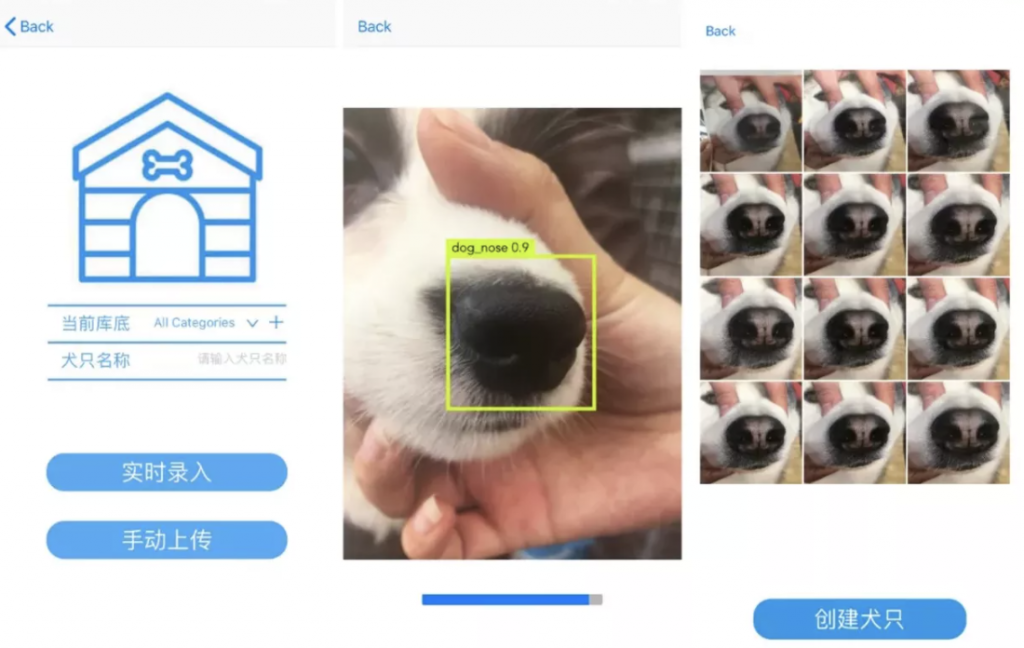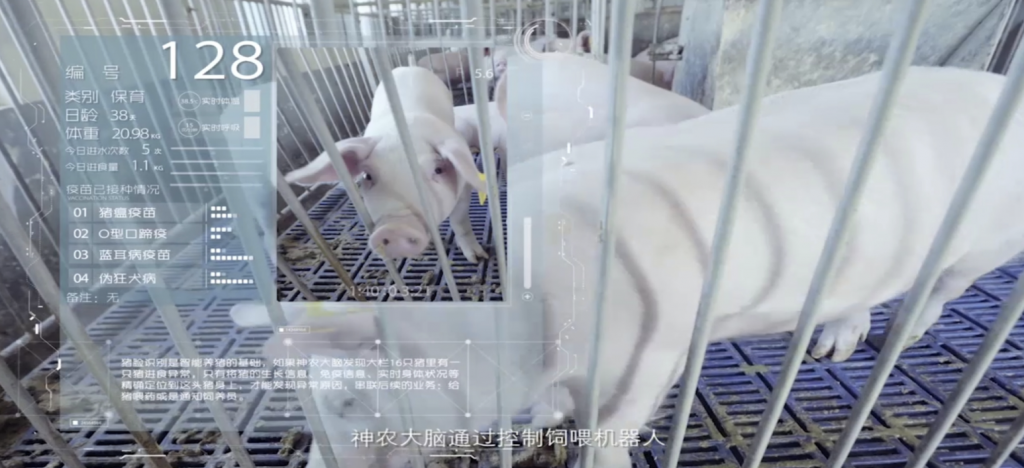While artificial intelligence (AI) is extending its reach to different sectors of society, China presents a futuristic example of some of the most eye-grabbing and puzzling applications of the technology, from jaywalking control applications to smart trash bins and AI toilet paper dispensers.
Yet, when Chinese cities are implementing AI in daily life, one question arises: is the technology even necessary in some scenarios? Before drawing any conclusions, let’s take a look at some of the most peculiar applications of AI in China.
Smart trash bins
Local governments in major Chinese cities like Shanghai and Beijing imposed new mandatory waste classification rules last year to alleviate China’s waste problem, so tech companies have developed AI applications that use image recognition to help citizens categorize their trash.
Guangdong-based firm Xiaohuanggou (XHG) has rolled out intelligent recycling bins, which are able to guide users to sort their household trash with the help of computer vision and auto calculations. The company also incentivizes users that put their garbage in the right place with cash rewards that can be exchanged for products on Xiaohuanggou’s app, online games, or even converted into donations to charities. The firm has set up facilities in over 40 cities across the country, including Chongqing, Beijing, Shanghai, Dongguan, and Guangzhou, according to its website.
Read more: Digitizing China’s recycling efforts | Q&A with XHG board secretary Wang Yiru

Companies are also employing AI-assisted machines to sort garbage in recycling plants and waste disposal factories, alleviating human labor in dirty and hazardous garbage processing plants.
“Our newest machine, with the high accuracy on the waste recognition, sorting and placing, is able to pick up to 95 items per minute—three to four times the speed of a human worker,” said Mo Zhuoya, CEO and founder of Dongguan-based Databeyond, an industrial recycling AI company founded in 2018 which provides smarter solutions in the back-end of waste management.
She explained that robots’ capabilities are enabled by a variety of technologies, including AI recognition, big data, multi-sensors, and spectroscopic analysis. The firm has built AI-assisted plants in cities such as Beijing, Qingdao, Zhengzhou, and Nantong. “This waste management might be the dirtiest, toughest, and hardest job in the traditional industry,” Mo said. “What we want to is to upgrade the traditional industrial with our cutting-edge technology and to recreate the value of ‘resourceful’.”

Face-recognition toilet paper dispensers
AI technology has also found its way into restrooms, specifically “high-tech” restrooms in several Chinese cities. The local government of Hangzhou unveiled a “contact-free public toilet” last October, where everything inside is automatic, from the doors to the toilet’s flush. The toilet paper dispenser, for instance, is regulated by an AI application that, equipped with facial recognition software, recognizes new users to provide them with a select amount of toilet paper. The dispenser can identify users’ faces so that the same person can not take more paper within a certain time.

Restrooms equipped with face recognition toilet paper dispensers first appeared at Beijing’s Temple of Heaven Park as early as 2017, when park managers found that paper supplies were quickly exhausted because local residents took them for their daily use.
As similar applications have gained momentum, privacy concerns have also been raised, together with questions about whether the technology is being overused for such application.
However, Lei Zhenshan, founder of Tianjin-based Shoulian Zhineng, a company that produces AI toilet paper dispensers, said in an interview with newspaper Southern Metropolis Daily that these devices do not store biometric information, and that pertinent data is deleted after a set period of time. Sholian Zhineng has deployed 20 million AI toilet paper dispensers across China, which have been used daily by 2 million people as of 2019, according to Lei.
Jaywalking control
Chinese traffic police have also increasingly relied on AI technology to catch those who violate rules of the road. In Changsha, the capital of central China’s Hunan province, authorities have set up LED displays on crosswalks to showcase law violators and jaywalkers caught by CCTV cameras.
The system, first introduced in Nanchang, the capital city of Jiangxi, in 2017, relies on computer vision to automatically spot offenders and match them with the local police database. Another similar jaywalker-spotting system introduced in Shenzhen in 2018 can automatically inform law violators of their fines over text messages, a consequence of the collaboration of AI startup Yuntian Lifei with local telecom carriers and authorities.
“These systems’ scope is to shame people who violate the rules,” said Huang Tao, a resident of Taiyuan, the capital city of Shanxi province.” It will probably work in the beginning, but when people gather and cross the street together—which is very common in China—it’s not that helpful,” he said, also citing privacy concerns over the system.
“I don’t think it’s necessary,” said Cao Ying, a Beijing resident. “People sometimes are distracted by the big screen when they are in the middle of the road. This is even more dangerous. What’s worse, there are people who deliberately run a red light for being showed on the screen,” she said.

Dog nose print recognition system
AI unicorn Megvii launched in 2019 a system that can recognize dogs by their nose prints—just like how humans have unique fingerprints. The technology could be used for the official registration of dogs, as well as for pet store management and high-end pet insurance.
Users only need to upload a photo of their pets’ snout to Megvii’s app and the built-in algorithm will analyze key points of the nose print to identify the pet. Megvii told KrASIA in a recent interview that the accuracy rate of the application has reached 95%.
Compared to other uses like DNA verification and implant chip recognition, nose print identification is more accurate, pet-friendly, easier to operate, and less costly, said a Megvii spokesperson. He also added that canines’ basic information, activities, and medical records can be linked to the pet’s unique ID.

AI-powered pig farm
Chinese tech giants including NetEase, Alibaba, and JD.com have been implementing AI applications to upgrade the hog farming industry in China.
Alibaba’s cloud arm has been developing a product named ET Agricultural Brain, which offers AI-assisted information to farmers. Utilizing massive data collection, the model is able to monitor pigs’ physical conditions and daily activities in real time and inform farmers of abnormalities. ET Agricultural Brain also has the capability to make decisions to increase birth rates, according to Alibaba.
JD.com has also developed a pig recognition system that can identify pigs and build profiles on them. Its solutions can be also applied to different animal farms, like cattle and poultry.
China is the biggest pork consumer and provider in the world. Domestically, RMB 1.4 trillion (USD 208.5 billion) worth of pork was sold at its peak in 2016, making up nearly 2% of the annual GDP. However, the cost for hog farmers to rear a pig in China is higher compared to other countries. Raising a pig in China costs roughly the same as rearing two pigs in the United States, which provides an inviting space for companies leveraging AI to boost production efficiency.
Read more: Alibaba and JD want to clean up the dirty business of pig farms in China–with AI

Jeff Ding, a predoctoral fellow at Stanford Center who studies AI development in China, told KrASIA that some AI applications are more feasible from an economic efficiency standpoint than others. “The smart waste management applications, for instance, are supported by waste-sorting mandates, whereas the toilet paper dispensers don’t seem to provide that much added value,” he said.
“It is important to note that China’s progress in smart city construction is still tepid. One of the biggest issues is the lack of unified standards, which complicates scaling smart city projects beyond a single application in a single city,” he added.

